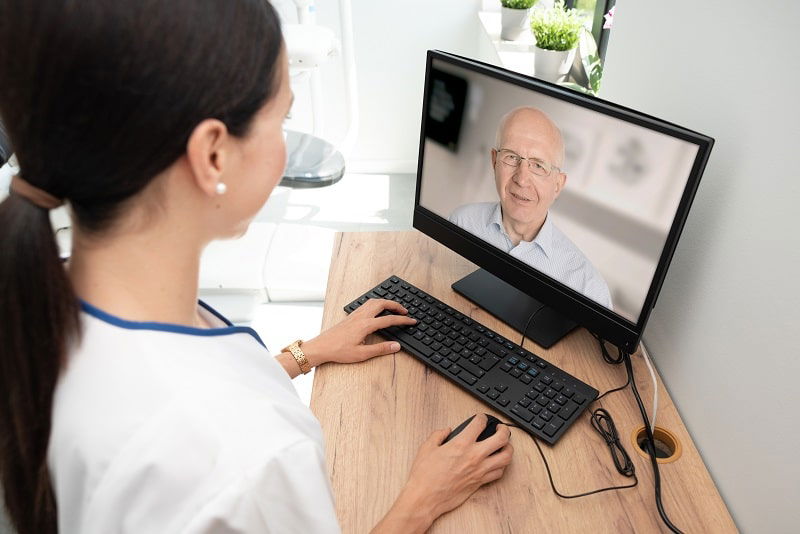It is no secret that the healthcare field requires technology. Whether it be through testing or communication, technology is advancing healthcare business practices quickly. Traditional methods just don’t cut it anymore. So, how do you succeed in a virtual world as an audiologist?
Define Your Strategy
When you are considering telehealth, it is important to consider some key factors, like:
- What services do you want to offer?
- How do you want to process billing?
- Are you going to handle a lot of the backend work or are you going to delegate it? And if you are, who is responsible for what?
- Is the platform you are considering completely secure and HIPAA compliant? Can you offer it in your state?
All these questions should have firm answers that allow you to move forward with confidence.
Choose a Provider Who is Reliable and Efficient
There are a lot of free video providers (like Zoom, Skype and Facetime) and while those are great, they are not secure or compliant with HIPAA. We probably don’t have to stress to you the importance of security. You will want to find a provider (like myVirtualClinic) that can offer a secure portal, so the patient’s information gated and protected.
Commit and Train Your Employees
Whether you want to use this exclusively or delegate roles to people in your office, you will want to decide how you integrate the service into your business practice and integrate your employees, so they have a grasp on what is expected of them.
Test Out Your New Platform
Once your platform is live and you can poke around, make sure you set up mock appointments and have some employees test it out with you. You want to make sure you are completely comfortable with it and get any questions answered from your provider before you offer it to your patients.
Embrace Technology!
When you make the decision to offer telehealth services, that opens many more doors for you, including:
- Treating more patients (expanding your reach to target more areas)
Rural areas lack audiologists and one study showed that more than half of all U.S. counties do not have any audiologists.
- Limitless potential
Many hearing aid brands come with accompanying smartphone apps so a hearing care provider can remotely program a person’s hearing aids via the app
- Support for patients who have limited mobility or cannot drive
A lot of older patients must rely on others to get them to appointments. This virtual option can be set up for them and give them more flexibility.
- Ease of use
Tele Audiology allows you to see more patients and process payments through the tele audiology portal securely and efficiently
- People are shown to be receptive to Telehealth (or Tele-Audiology)
A recent audiology study, 20 participants with dementia were fitted at the university clinic with hearing aids, which were paired to a smartphone app, managed by their caregivers. Researchers monitored wearing time, program use, and the patient’s satisfaction in different real-world listening conditions. The staff could remotely change noise reduction and other algorithms and communicate through real-time video calls, as well as text and voice chat services. The results: Caregivers rated the participants “general comprehension” as 4.5 on average on a 5-point scale in the telehealth period, compared to 2.7 when they weren’t using the remote service. Caregivers said the remote service decreased their stress and improved the patients’ “alertness” and “awareness.”
- Telehealth can potentially improve the Audiology field as a whole
The current goal of telehealth audiology is convenience but over time, it could bring down hearing aid prices. While regulations and insurance coverage vary by state, the trend is towards more coverage of telehealth.
- Less overhead
Efficiency saves money!
Building a successful tele-audiology program includes these tips. If you have any questions about telehealth or adapting to technology as an audiologist, please don’t hesitate to reach out to us at AudiologyPlus! We are here to support you.




